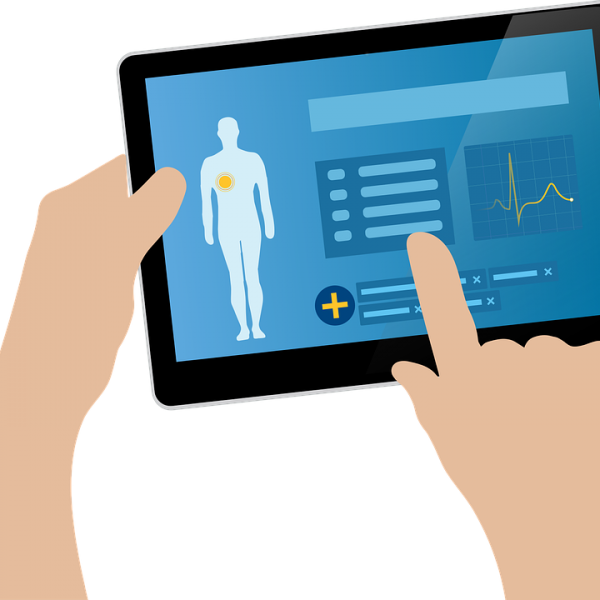Clinical decision support tools play an increasingly critical role in a healthcare organization’s overarching strategy to comply with federal incentive programs and succeed within the quality and performance based reimbursement landscape currently unfolding. When effectively aligned with physician documentation practices at the point of care, these tools can have a powerful impact on error reduction, the standardization of evidence-based practices, quality of care and ultimately saving lives.
"big data" is actually one of the most popular mottoes of medical attention. Everybody speaks about using big data in healthcare. There is no doubt that a whole variety of health care options using Big Data Analytics are available.
Physicians have faced a number of key technical challenges during the COVID-19 pandemic, including the inability to send and receive patient data, as well as issues related to electronic health record interface and failure to effectively extract EHR data. Interoperability and patient data exchange are critical for physicians, hospitals, health systems and payers alike to minimize the spread of the coronavirus, as is overcoming reliance upon data silos and ensuring that care gaps are quickly resolved with a single source of reliable information.
An EHR and an EMR vary greatly, although many use the terms EHR and EMR interchangeably. The EMR or electronic medical record refers to everything you’d find in a paper chart, such as medical history, diagnoses, medications, immunization dates, allergies.
EHR is an electronic collection of a patient's medical history – including diagnoses, medications, treatment plans, allergies, laboratory and test results. And EHRs work beyond just recording a patient's health data.







